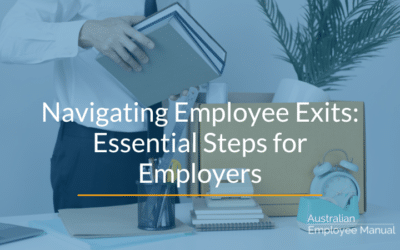Unexpected absenteeism can create problems in a workplace. Employers are happy to support genuinely ill team members, but when the odd day off here or there becomes a regular pattern, then employers need to take a closer look at what could be causing the issue.
The causes of absenteeism can be separated into employee, workplace and cultural reasons.
Employee Reasons
Employees may increase their absenteeism due to a chronic illness of themselves or someone in their care. Family needs and problems with care or schooling can also play a role in absenteeism in workplaces.
Other factors that may increase employee absenteeism can include problems with transport or changes in public transport timetables or reliability.
Personal causes that may also be present include domestic violence, homelessness (some homeless people try to maintain appearances at work), drug or alcohol problems, and burnout or exhaustion.
Finally, employee attitudes towards attendance may also come into play. This is more common in younger employees or people newly in the workforce.
Workplace Reasons
Managers and supervisors may be directly contributing to absenteeism. If absenteeism within a team or
Autocratic management styles are linked to increases in absence from the workplace while participative styles are linked to reduced absenteeism.
Other workplace reasons can include conflict within the team, unclear expectations and under-utilisation of skills.
Finally, check the job design. If a job is too routine or monotonous, then absenteeism can rise.
Organisational Culture Reasons
Some workplaces develop a “chuck-a-sickie” culture to deal with personal annoyances or frustrations with management. This is particularly common where supervisors or managers model absenteeism behaviour and don’t follow up on such behaviour by employees.
The causes of absenteeism are multi-faceted. Look for patterns or trends in absence, and identify if the issue is with one person or a whole team or workgroup, to determine appropriate strategies to address the issue.




